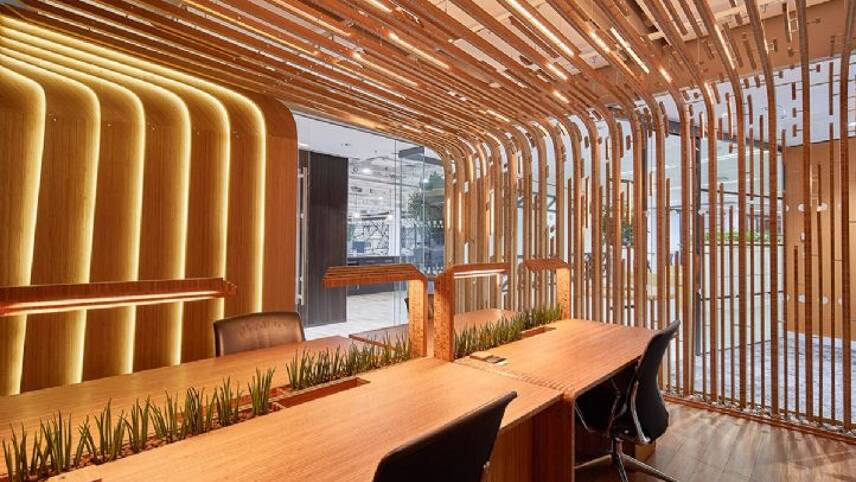Register for free and continue reading
Join our growing army of changemakers and get unlimited access to our premium content

While its disruptive potential has dominated the conversation for the past decade, particularly within finance and property, a sea change has emerged that places greater emphasis on the human experience.
The reasons for this shift are well known. Businesses have had to contend with sluggish rates of productivity and a fiercening war for talent for some time, leading many to focus on the competitive potential of their real estate. It’s hoped that by providing supportive workplaces companies can not only attract and retain talent but also improve their overall output. This idea is typified in the recent success of space-as-service providers – organisations that sell community as much as they sell desk space – and even the IWFM’s acknowledgement of ‘workplace’ as a distinct discipline in its own right.
Today, then, it’s not just about looking after buildings but rather how they can be better aligned with the people who occupy them. This is where technology comes into play. Whereas before organisations might have been preoccupied with cost savings, now more attention is being given to how a solution might improve someone’s day at the office. As a result of this, attentions have naturally turned to how building management systems (BMS) – those that control and monitor a building’s infrastructure assets such as ventilation, lighting, power systems, etc – can optimise workplace environments.
The prevailing view is that BMS should no longer be treated as a passive tool in the workplace manager’s arsenal. Rather than being a one-dimensional solution that merely details key building information, it should instead be regarded as a means to proactively shape the employee experience.
It’s long been known that natural conditions have a fundamental impact on performance. There is a large body of research that correlates ambient factors with people’s behaviour at work. For example, good air quality is estimated to increase productivity by up to 11%, office temperature variances can result in a productivity fall of 4-6%, while employees in a workplace with greenery and sunlight are believed to be 15% more creative.
Given the strong link found between control of the environment and an employee’s ability to be more productive, the implication here should be clear. A BMS not only allows organisations to deliver their energy reduction strategies, but more importantly allows them to have a better understanding of what constitutes a ‘good’ office environment and provides employees with the autonomy they believe is key for better output. Staff in one room of the building, for example, might prefer cooler conditions, while another department might find brighter light better in the afternoon than first thing in the morning. A good BMS can do this while still maintaining close control of other important factors to ensure the adjustments are financially viable.
This intelligent control is not without its challenges and relies very much on finding a balance between a strict comfort/energy policy and delivering an environment which encourages focus and productivity. The ideal office environment is highly personal and multi-generational organisations are known to have a much broader range of needs, making it difficult for an unmanaged and poorly scoped BMS to cater to each individual. The signs of a tailored experience are, however, on the horizon. While still in its infancy, there is a growing effort to connect automated systems with apps on employees’ smartphones. As buildings become ‘smarter’, the data accrued from these devices will then be used to create ideal conditions as soon as employees walk through the door.
It’s clear that blind faith in workplace technology will lead businesses astray. Instead, what’s needed is a firm focus on the tangible benefits that certain solutions can provide and a recognition that as the workplace and individuals needs to develop, so should the expectations of the BMS. No longer should a BMS be seen as just an energy tool to switch plant and assist the maintenance team, but instead recognition that businesses can improve their financial return by optimising and evolving this major asset to improve output is essential. By maintaining this view, companies will be able to better provide for their staff and, most importantly, grant Adams’ wish for ‘stuff’ that works.
Alexandra Morris & Paul Thompson



Please login or Register to leave a comment.